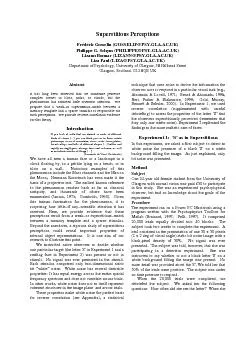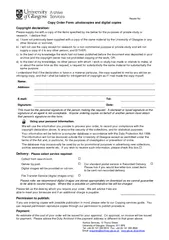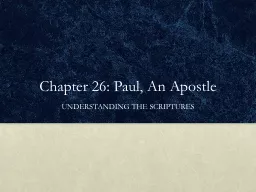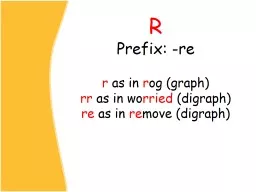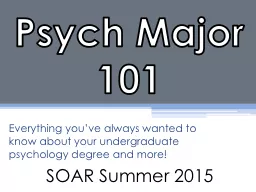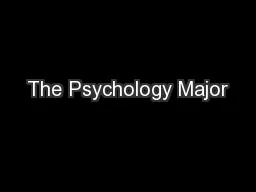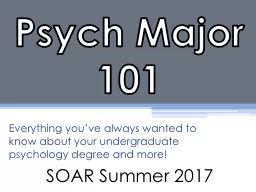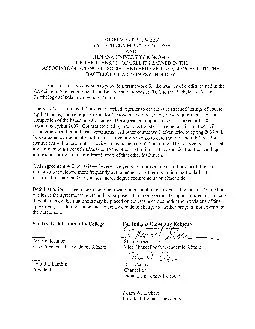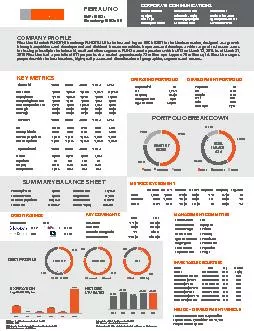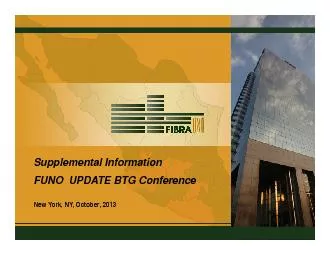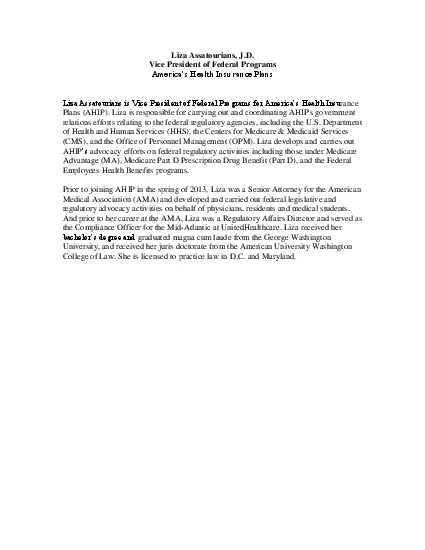PDF-Superstitious PerceptionsLizann Bonnar (LIZANN@PSY.GLA.AC.UK)Liza Paul
Author : tawny-fly | Published Date : 2015-11-07
saw it how noisy was it What strategy did she use torespondResults and discussionOn 227 of the trials the subject pressed on the yeskey indicating that an S was
Presentation Embed Code
Download Presentation
Download Presentation The PPT/PDF document "Superstitious PerceptionsLizann Bonnar (..." is the property of its rightful owner. Permission is granted to download and print the materials on this website for personal, non-commercial use only, and to display it on your personal computer provided you do not modify the materials and that you retain all copyright notices contained in the materials. By downloading content from our website, you accept the terms of this agreement.
Superstitious PerceptionsLizann Bonnar (LIZANN@PSY.GLA.AC.UK)Liza Paul: Transcript
Download Rules Of Document
"Superstitious PerceptionsLizann Bonnar (LIZANN@PSY.GLA.AC.UK)Liza Paul"The content belongs to its owner. You may download and print it for personal use, without modification, and keep all copyright notices. By downloading, you agree to these terms.
Related Documents

